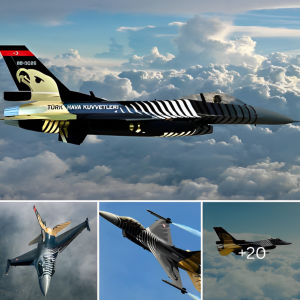Lockheed Martin said that it gave the US Air Force Research Lab a small directed energy weapon in February. This was a big step in the Air Force’s plan to put a laser on a tactical fighter jet that can shoot down anti-aircraft missiles. It is the smallest and lightest high-power laser that Lockheed Martin has made so far.

It is a critical benchmark in developing an operational laser weapon system in the airborne domain. The Defense Post reported that the Pentagon has pushed forward a number of different directed energy weapons in recent years, the value of this one, dubbed LANCE, is its minimal space, weight and power requirements. “It’s one-sixth the size of what we produced for the Army going back to just 2017.

The U.S. Air Force Research Lab (AFRL) awarded Lockheed Martin $26.3 million for the design, development and production of a high power fiber laser. The LANCE acronym stands for “Laser Advancements for Next-generation Compact Environments”. Lockheed got the initial contract to design, develop and produce LANCE in November 2017 as part of the Air Force’s Self-protect High Energy Laser Demonstrator (SHiELD) program.

That effort has three components: in addition to LANCE, there is a beam control system, built by Northrop Grumman, which directs the laser on its target, as well as a pod that is mounted on the aircraft. Boeing is responsible for that pod subsystem, which the Air Force said it received in February 2021.

The subsystems delivered under SHiELD represent the most compact and capable laser weapon technologies delivered to date. Mission utility analyses and wargaming studies are ongoing, and will help determine how these subsystems and/or an integrated laser weapon system might potentially be used. Specific targets for future tests and demonstrations will be determined by the results of these studies as well.

With the laser delivered to the Air Force, Griffin said the next step will be to start integrating the weapon itself with the thermal system that manages LANCE’s heating and cooling. The service has not made any final decisions for follow-on activities. A variety of potential applications and platforms are being considered for potential demonstrations and tests, in partnership with warfighter stakeholders.





